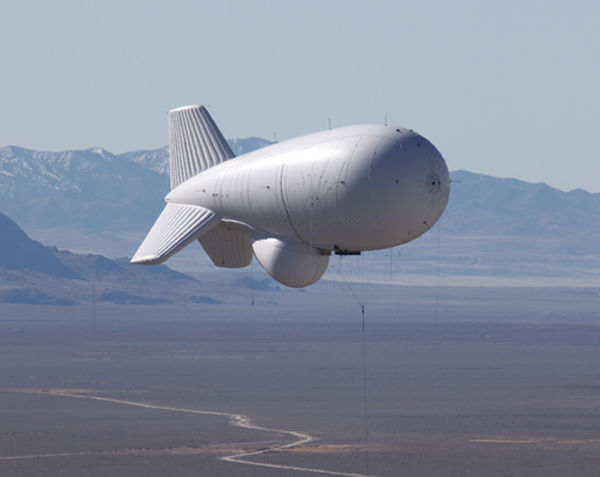 A recent U.S. Army and Navy test demonstrated that the Raytheon Co. JLENS radar system can integrate with defensive systems that are currently in the U.S. Navy’s inventory to provide overland cruise missile defence from the sea.
A recent U.S. Army and Navy test demonstrated that the Raytheon Co. JLENS radar system can integrate with defensive systems that are currently in the U.S. Navy’s inventory to provide overland cruise missile defence from the sea.
During the test, a JLENS’ fire-control radar acquired and tracked a surrogate anti-ship cruise missile target. The track information was then passed to sailors via the cooperative engagement capability (CEC) sensor-netting system. The sailors then fired a standard missile-6 (SM-6) at the target.
Initial SM-6 guidance used targeting information provided by the JLENS via CEC to the Aegis weapon system (AWS) until the SM-6’s onboard radar was able to acquire and track the target.
JLENS is an elevated, persistent over-the-horizon sensor system. A JLENS system, also called an orbit, consists of two tethered aerostats, one with a fire-control radar and the other with a surveillance radar, that are connected to mobile mooring stations and communications and processing groups. It uses an integrated radar system to detect, track and target a variety of threats. This capability better enables commanders to defend against threats, such as hostile cruise missiles, low-flying manned and unmanned aircraft, and moving surface vehicles including boats, SCUD launchers, automobiles, trucks, tanks, and armored personnel carriers. JLENS also provides ascent phase detection of tactical ballistic missiles and large-caliber rockets.
The aerostats on a JLENS system can reach altitudes of up to 10,000 feet and can remain operational for 30 days.
The SM-6 is a Raytheon-designed missile that uses the legacy standard missile airframe and propulsion elements while adding signal processing and guidance control capabilities of Raytheon’s advanced medium-range air-to-air missile.
Source: Military & Aerospace Electronics
